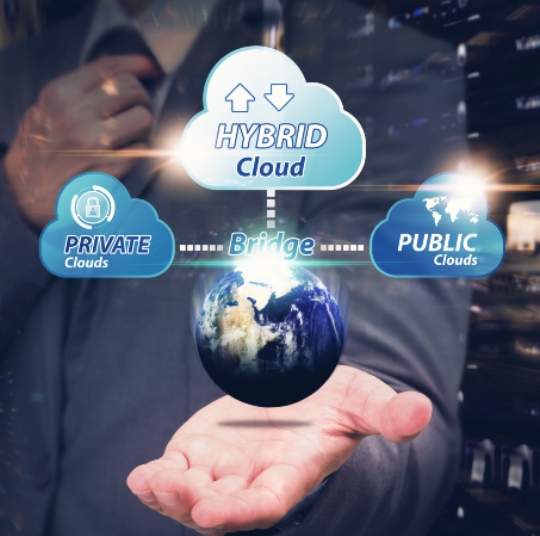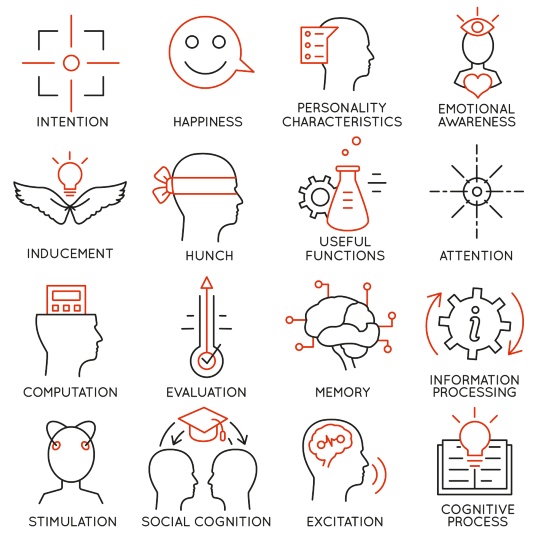Practices
We invest in practicing the latest technologies relevant to the industries we serve. It helps us to provide the best offerings for our customers.
We invest in practicing the latest technologies relevant to the industries we serve. It helps us to provide the best offerings for our customers.
For modern Enterprises, cloud-enabling Products and Systems isn’t debatable but a matter of how and when. Cloud is essential for speed, agility, and cost savings – but realizing the full potential of the cloud may require addressing challenges such as security, compliance with local government policies, and cost management. Hybrid cloud solutions address these cloud complexities and help to speed up the digital transformation journey by bringing together public cloud and private cloud services from multiple vendors.

Hybrid cloud architecture traditionally builds a virtualization layer or hypervisor on top of on-premises resources to create and support virtual machines and increasingly container-based workloads. On top of this, a private cloud software layer, such as OpenStack or VMware, provides various cloud capabilities: access to services such as database instances or compute instances. This layer is then integrated with public cloud providers on a need basis. Public cloud providers also offer hybrid cloud platforms that extend public cloud services into on premise data centers offering the same software stack as the public cloud. These hybrid cloud platforms often incorporate common industry technologies like Kubernetes to orchestrate container-based services. Typical examples include AWS Outposts, Azure Stack, Azure Arc, Google Anthos and VMware Cloud on AWS. Trenser as a Digital Engineering service provider helps Enterprises to take advantage of Hybrid cloud to address issues of data gravity, sovereignty, compliance unique to their business.
Extended Reality (XR) is an umbrella term for all the immersive technologies – augmented reality (AR), virtual reality (VR), and mixed reality (MR). Immersive technologies extend the real world we experience by blending the virtual and “real” worlds. Enterprises offer new generation UX through XR environments to interact with AI platforms, enabling customers to visualize and consume large amounts of data, thereby discovering new patterns & business models. XR-based contextual and situational intelligence solutions are becoming very common in retail and industrial scenarios.

Similarly, the entertainment and education industry already has established value-added solutions using XR. Trenser provides XR implementation for Web and Mobile environments and helps enterprises automate XR model creations to institutionalize XR experience omnipresent in the Digital product Engineering journey.
Cognitive computing refers to AI systems that simulate human thought, which involves real-time analysis of the environment, context, and intent to solve problems. Multiple AI technologies like machine learning, deep learning, neural networks, NLP, and sentiment analysis are necessary for a computer system to build cognitive models to mimic human thought processes. Enterprises continue to deliver new business solutions and perceptive experiences rapidly by Converging the power of Cognitive computing, analytics, and cloud.

Cognitive computing solutions are essential for modern enterprises to make the lives of their customers easier in their Digital Transformation journey. Trenser has solid experience in developing and deploying Cognitive solutions for retail, healthcare, and industrial scenarios.
Embedded Artificial Intelligence (AI) is the application of Deep Learning (DL) and Machine Learning (ML) technologies in software at the edge-device level. With the ever-increasing processing power of embedded platforms, edge computing now allows real-time analysis of sensor data collected at the source level. It opens up immense possibilities for the software at the edge device to be programmed to instantly provide predictive and reactive intelligence based on the data collected and analyzed in real-time.

Both DL and ML are data-intensive and compute-intensive application domains. Due to the very same reason, the constraints of embedded platforms do not allow direct application of these technologies. However, the good part is that large data sets and computing is required only for training the models to make them accurate. Deployment of a trained model to react in real-time at the edge level using AI frameworks is feasible.
Training of the models can be performed in the cloud or other high-end computing platforms. Also, the edge devices can push data to the cloud or the training platform at the backend so that the model can still get better over time with such distributed edge AI systems. The refined models from the backend can later be updated back into the edge devices via over-the-air updates, making the edge devices better and accurate in real-time reactions over time.
Languages and frameworks that allow distributed Edge AI implementation are now available. Python is used to build such frameworks, of which the most common are TensorFlow and PyTorch. These frameworks provide lighter versions for deployment in the edge known as TensorFlow Lite and PyTorch Mobile (Linux). A host of other technologies and frameworks also available include TinyML, OpenCV, OpenEI, OpenVINO, and Glow.